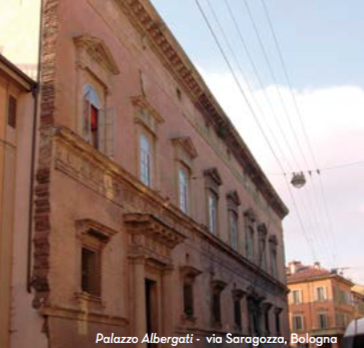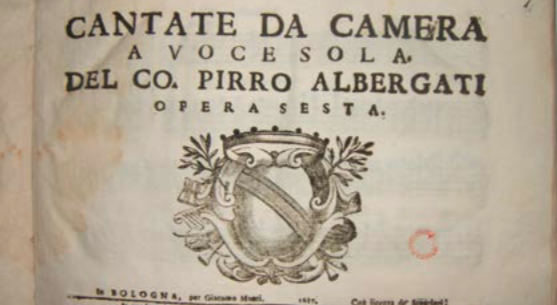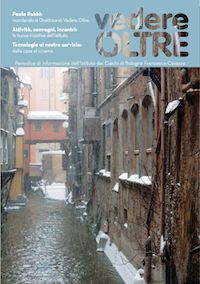In the past, especially from the Renaissance to the mid-eighteenth century, members of noble families practised music, as part of the essential knowledge of every gentleman. More rarely did this leisure become a profession and these 'amateur musicians' turn into famous composers. It did happen, however, in the seventeenth century with Prince Gesualdo da Venosa and in the nineteenth century with Marquis Francesco Sampieri. So this was the case, between the seventeenth and the eighteenth centuries, with Count Pirro Albergati Capacelli, a member of the famous and noble Bolognese family, son of Marco Antonio. Born in 1663, after studying the violin and composition, he was able to transform his passion into work, well appreciated not only by friends and acquaintances, but also by great composers such as Corelli and Perti, or Bononcini and Iacchini, who gave him some of their work.

As a violinist, he worked, probably in the eighties, with Emperor Leopold I, and, as a composer, he became, in 1728, a chapel master in a town near Urbino. Author of a great deal of secular music (instrumental, such as dances, sonatas and concerts, and vocal, as chamber cantatas and melodramas). His contribution to the history of music is particularly important in the sacred forms (masses, hymns and motets) and devotional music (moral cantatas). Regarding oratorios, a genre that was very popular in Bologna, Pirro was at his best with a series of works composed between 1686 and 1732 still largely in manuscripts, intended for P.P. Filippini in S. Maria di Galliera, the Congregation of St. Gabriel and the confraternity Santa Maria della Morte. Among them: Nabucodonosor, Giobbe, Il convito di Baldassarre, S. Eustachio, Morte di Cristo, S. Petronio principale protettore di Bologna.
The professional activity of Count Albergati as a musician did not prevent him from fulfilling the obligations that his noble position imposed on him: in fact, he was twenty-four times member of Bologna's Council of Elders and six times Gonfaloniere of Justice. Pirro Albergati Capacelli died in 1735 (eight years after his wife, Elisabetta della Porta di Gubbio) in his palace at Porta Saragozza and he was buried in the church of S. Francesco.






.png)